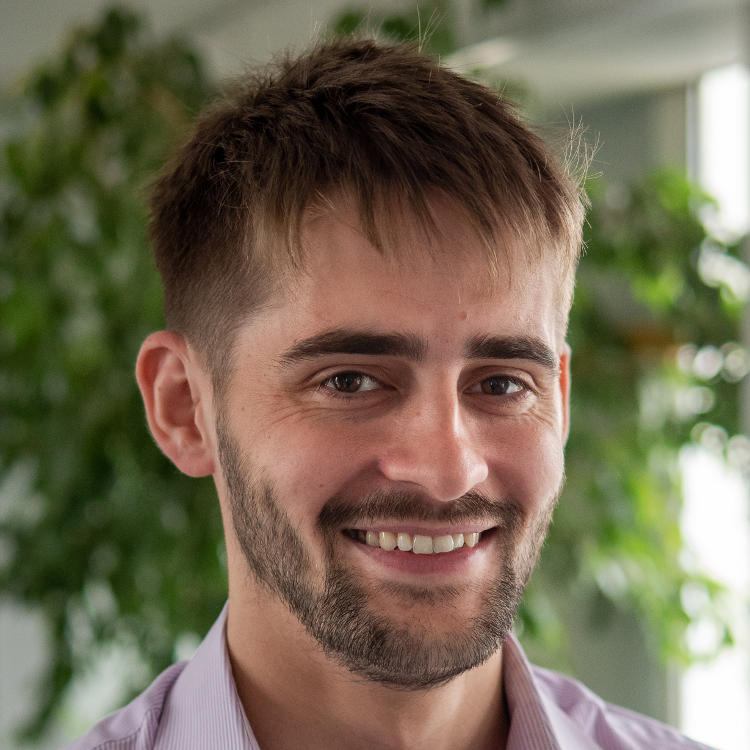Dr Amelia Drew
Junior Research Fellow, Homerton College, University of Cambridge.
Key qualifications: Theoretical Physics PhD.
What does your job involve? I carry out research into theoretical cosmology and gravity, primarily structures called 'cosmic strings', using high performance computing. On a day to day basis, I am writing papers, running simulations and discussing new ideas with colleagues.
How did you get into your current role? During my undergraduate degree, I developed a particular interest in relativity and high energy physics. After my Masters, I decided to apply for a PhD in Theoretical Cosmology at the Department of Applied Mathematics and Theoretical Physics in Cambridge. I joined the group in 2016, submitting my PhD in 2020, and have remained here for my first postdoctoral position.
What did you want to be when you were younger? I have always been mathematical and enjoyed science, so a career in science or similar has always appealed. On the other hand, I also considered becoming a classical violinist!
What do you do outside work? I am currently training for the Cambridge half marathon. I also enjoy yoga, reading, and listening to endless podcasts!













